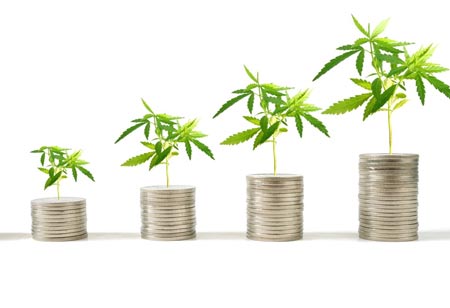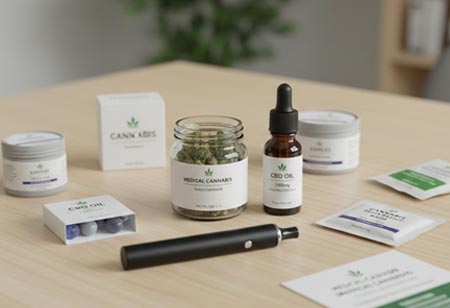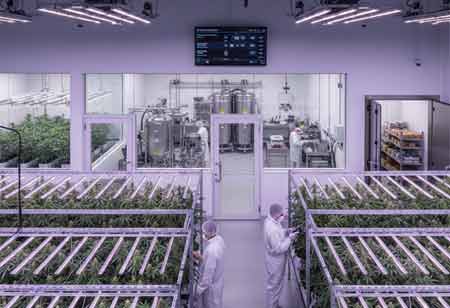Thank you for Subscribing to Cannabis Business Insights Weekly Brief
Analyzing the Impact of Market Forces on Cannabis Supply Chains
The cannabis supply chain presents business opportunities, but banking restrictions are unique to the market.

By
Cannabis Business Insights | Tuesday, January 21, 2025
Stay ahead of the industry with exclusive feature stories on the top companies, expert insights and the latest news delivered straight to your inbox. Subscribe today.
The cannabis supply chain presents business opportunities, but banking restrictions are unique to the market.
FREMONT, CA: Packaging and branding strategies play a vital role in marketing cannabis products. In a competitive industry, traditional marketing approaches often fail to deliver results. Instead, companies can differentiate their products through innovative and strategic packaging. Effective branding helps create a recognizable identity, attracting customers and fostering loyalty. As cannabis products become more mainstream, businesses prioritizing unique packaging and strong branding will stand out. A strong presentation can significantly influence purchasing decisions in this evolving landscape.
The cannabis industry is experiencing a 14% compound annual growth rate (CAGR) and is expected to surpass $30 billion in revenue by 2025. Legislation reforms are underway at state and federal levels, addressing policy topics such as decriminalizing possession, reducing sentencing, widening recreational usage, and easing cannabis-business-owning regulations.
Technology and investments are also significant in the cannabis supply chain, with ancillary organizations playing a crucial role in the industry's survival. Investment opportunities include financial apps that address money-management pain points and streamlined software that makes registration, licensing, and product tracing easier for growers and retailers.
To build a successful cannabis business case, investors and business owners must understand the barriers within their state's permitted cannabis supply chain and identify which ones look most poised for evolution. The current cannabis supply chain includes major players in the "seed to sale" process, such as cultivators and growers, who must operate greenhouses indoors or out, follow harvest schedules, and employ skilled horticulturists to monitor cannabis plant health, quality, and maturity.
The cannabis supply chain involves various stakeholders, including manufacturers, growers, wholesalers, and dispensaries. Manufacturers and producers work to trim, dry, and cure cannabis flowers into various retail products while testers test cannabis in two stages post-harvest. Wholesalers buy finished cannabis products in bulk before selling them to licensed retailers and dispensaries, managing transportation regulations and compliance hurdles. Retailers purchase unbranded or white-labeled finished marijuana products to sell in their places of business, often designing and purchasing proprietary packaging to brand their goods and differentiate them from the competition.
Ancillary versus direct cannabis businesses are another significant factor to consider when entering the marijuana retail market. Plant-touching MRBs directly handle marijuana plants, flowers, and finished products. In contrast, ancillary MRBs include a broader category of partners that manufacture products for growing and selling successful cannabis harvests. Cautious entrepreneurs, startups, and investors may find starting or funding ancillary MRBs a more attractive choice due to the product handling buffer.
Top challenges in the cannabis supply chain include the confusing intrastate distribution landscape, which can be confusing for business owners looking to capitalize on the Green Rush. Legal distribution within the same state's boundaries is crucial for businesses looking to capitalize on the Green Rush.






